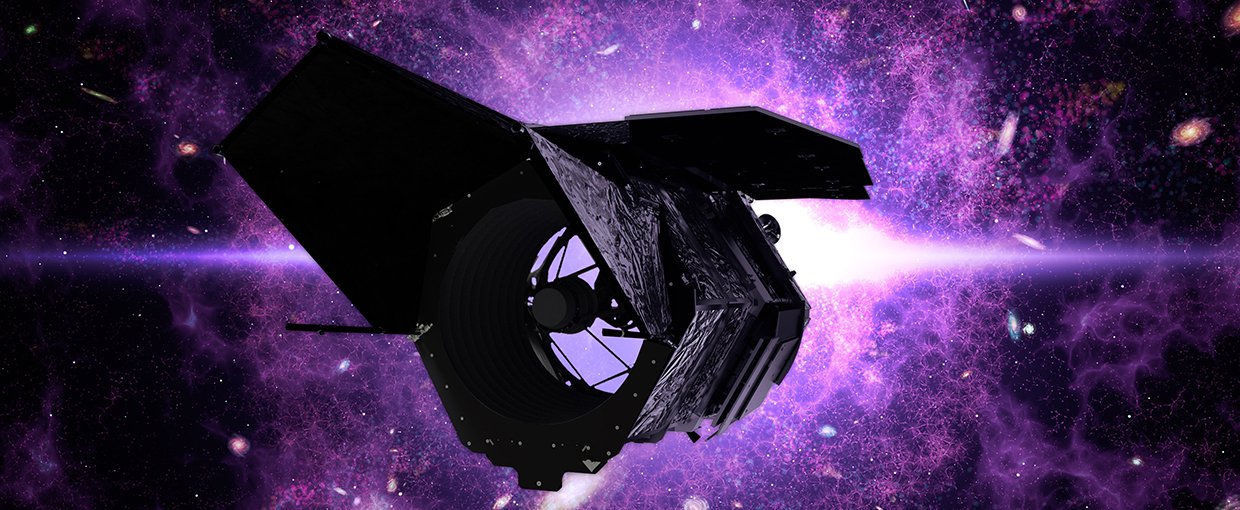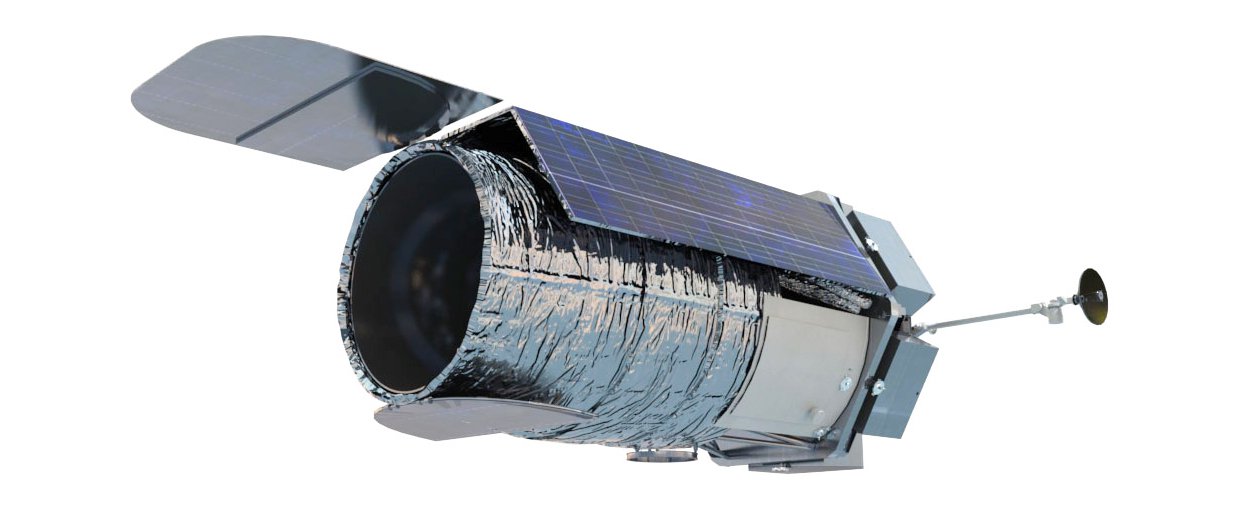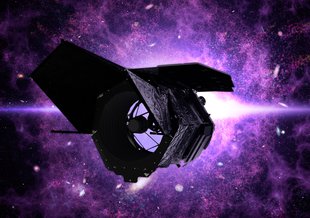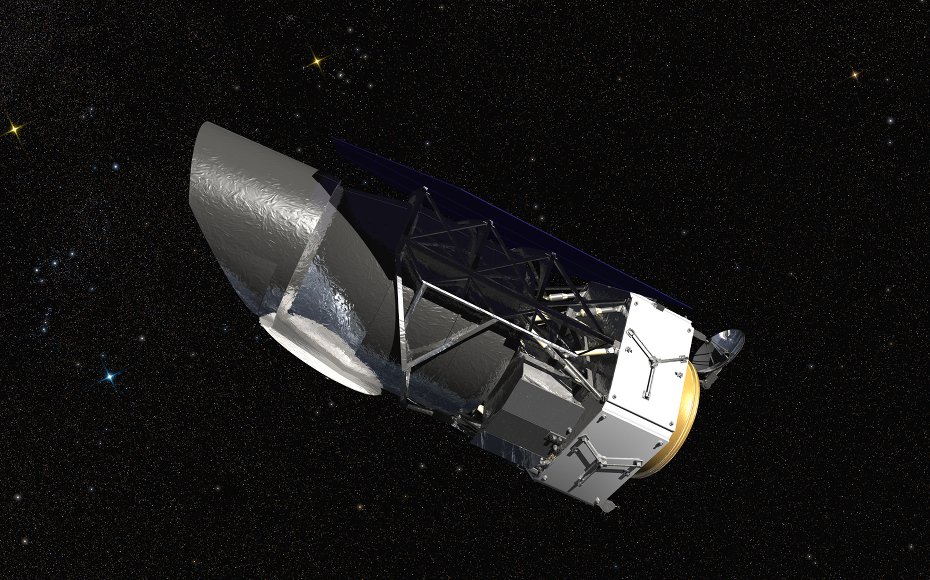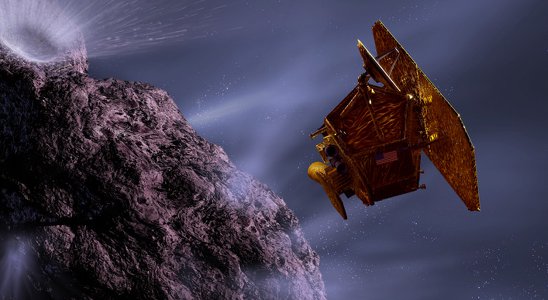- Launch Date January 01, 2025
- Mission TypeSpace Telescope
- TargetThe Milky Way Galaxy
The Nancy Grace Roman Space Telescope – or Roman Space Telescope, for short – is a NASA observatory designed to settle essential questions in the areas of dark energy, exoplanets, and infrared astrophysics. The Roman Space Telescope is currently planned for launch in the mid-2020s. The telescope was initially developed as the Wide Field InfraRed Survey Telescope (WFIRST), and renamed in 2020 to honor Nancy Grace Roman, NASA’s first Chief of Astronomy. Roman has been called the “mother” of NASA’s Hubble Space Telescope.
Mission Overview
The Roman Space Telescope will have a field of view that is 100 times greater than the Hubble infrared instrument, capturing more of the sky with less observing time. As the primary instrument, the Wide Field Instrument will measure light from a billion galaxies over the course of the mission lifetime. It will perform a microlensing survey of the inner Milky Way to find ~2,600 exoplanets. The Coronagraph Instrument will perform high contrast imaging and spectroscopy of dozens of individual nearby exoplanets. The Roman Space Telescope is designed for a 6 year mission, and will launch on a EELV out of Cape Canaveral.
Relevance to Astrobiology
The Roman Space Telescope will make observations that could contribute to the discovery of new worlds beyond our solar system and advance the search for extrasolar planets that could be suitable for life.
NASA Astrobiology Involvement
Many astrobiolgists supported by elements of the Astrobiology Program are involved in the development of the Roman Space Telescope mission. Astrobiologists studying the potential for life on extrasolar planets provide valuable insight into mission requirements for the mission. This data will help ensure that the telescope contributes to our increasing knowledge of planets outside of the Solar System and their potential to support life.

